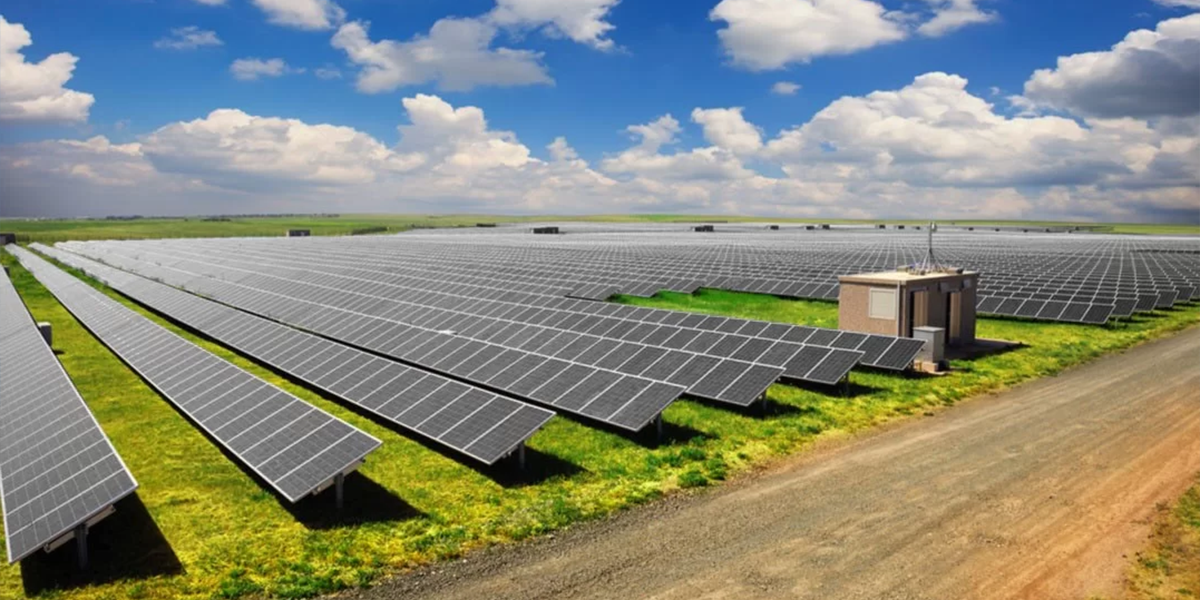
Large-scale solar panel projects can generate hundreds of megawatts of electricity. According to the Industry organization’s estimation, it will require 10 million to 11 million acres of land to power the entire United States with solar energy. This does not include solar energy coming from rooftops and carports’ solar installations.
To seek the Biden Administration’s aspiring goal of ending the fossil fuel economy by 2035, the development of large-scale solar panel projects is a necessary evil. Solar developers are opting for options for how to manage the solar PV modules covered land.
Silicon Ranch is also jumping on the train by changing its approach towards PV project site preparation through Regenerative Energy. Regenerative Energy is a technique that employs methods like sowing native seed crops and introducing livestock to large-scale solar panel project sites.
What is essential for agrivoltaics?
For the implementation of agrivoltaics, it is essential to think holistically about the project. For this. Firstly, the current state of land and its adjustment to changing conditions is documented. Moreover, when starting, some input requirements during the construction phase are necessary. These inputs may include what seeds to plant and when to plant them. Erosion control throughout construction and for the life of the project is of prime concern. This includes growing multi-species grasses in advance of construction. This will not only improve soil health during construction but also provide vegetation for grazing animals. However, it is important to select vegetative varieties that are beneficial to the land and the livestock.
To stock a site with sheep, the first thing you need to do is gather as much information about the site as possible. This includes plant density, type of soil, history of the land before solar installation, and climate. There is a constant need to manage the stocking densities. When the nutritional needs of the flock are higher, you need to reduce the density to allow selective grazing. Moreover, by administrating a group with lower nutritional requirements, such as dry eyes, you can get better vegetation management results.
What precautions to take after the implementation of large-scale solar panel project?
Planting desirable vegetation early on hold a great advantage post-construction. It is because it creates assistance for large-scale solar panel projects. Which includes healing deteriorated soils, ameliorating ecosystem function, and boosting biodiversity. Furthermore, you can also select a seed mix that will be low-growing and fast-establishing for erosion control.
Site maintenance after the construction of large-scale solar panel projects begins with identifying problems relating to vegetation and erosion. You also need to source clean drinking water, good hay for winter, and local supplies for supplemental feed.
Additionally, labor is a big consideration to determine how you want to administer the site. The most important consideration is the health and welfare of the flock. Typical threats like internal parasites need to be curtailed to maintain a healthy flock. Regenerative sheep grazing can create job opportunities, and a new source of native, nutrient-rich food.
News Source: Solar Power World
